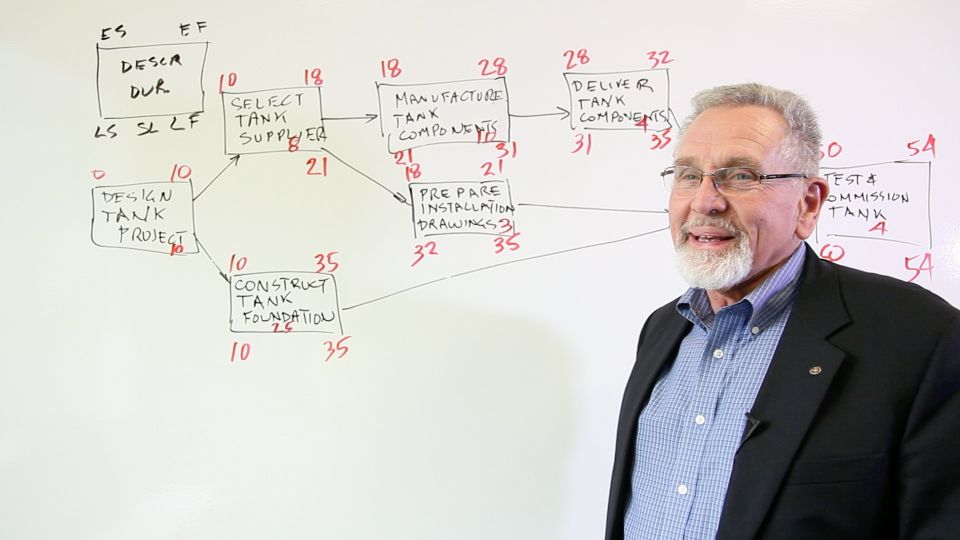Network Diagram Critical Path
What Is the Critical Path Method (CPM)?
The Project Management Body of Knowledge (PMBOK), an internationally recognized collection of processes and knowledge areas accepted as best practice for the project management profession, defines the critical path as “the sequence of scheduled activities that determines the duration of the project.” It is the longest sequence of tasks in a project plan that must be completed on time in order for the project to meet its deadline. If there is a delay in any task on the critical path, then your whole project will be delayed. Although many projects have only one critical path, some projects may have multiple critical paths.
The critical path method is a step-by-step project management technique to identify activities on the critical path. It is an approach to project scheduling that breaks the project into several work tasks, displays them in a flow chart, and then calculates the project duration based on estimated durations for each task. It identifies tasks that are critical, time-wise, in completing the project.

Dr. Larry Bennett, a civil engineer, project manager, and author of four books, including a guide on critical path written in 1978 and titled, “Critical Path Precedence Networks,” explains that the critical path method helps manage projects in two different ways: “It produces a planned schedule to guide the project team, and it forms the basis for tracking project schedule performance by comparing actual with planned task progress.”
The Critical Path Method According to Two Experts
We asked two critical path users for the best way to explain it. Here's what they had to say:

"The critical path is just a fancy way of saying 'How long does each task take before you can finish the project? Use this information to figure out the project's end date.' If a task takes longer than anticipated, the end date is pushed back. There are some tasks that don't immediately impact the project's end date that can be pushed back for some time. There are a whole bunch of calculations that go into figuring out what-ifs, forecasting, and scheduling, but that's where project management software comes in and makes everyone's lives easier. "

"Some of the activities must happen in parallel. For example, if you tried to make a fried breakfast by doing one task at a time, and one after the other, things would go wrong. The plates need to be warming while other activities are going on. The toast needs to be toasting while the sausages are frying, and at the same time the bacon and sausages are under the grill. The eggs need to be fried last. A critical path analysis is a diagrammatical representation of what needs to be done and when. Timescales and costs can be applied to each activity and resource."
Terence Jackson, Ph.D and CEO/Managing Partner at WEpiphany LLC
Terence Jackson, Ph.D and CEO/Managing Partner at WEpiphany LLC